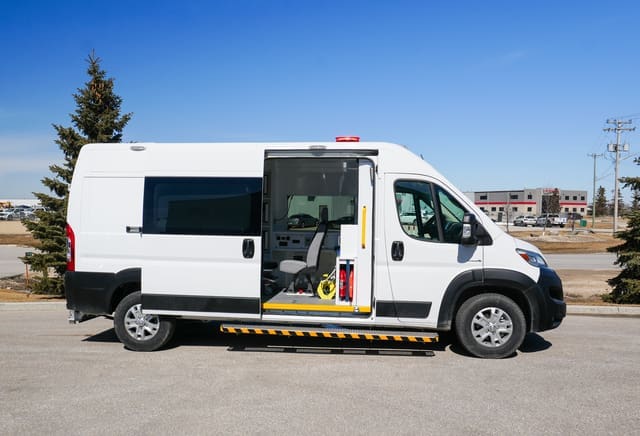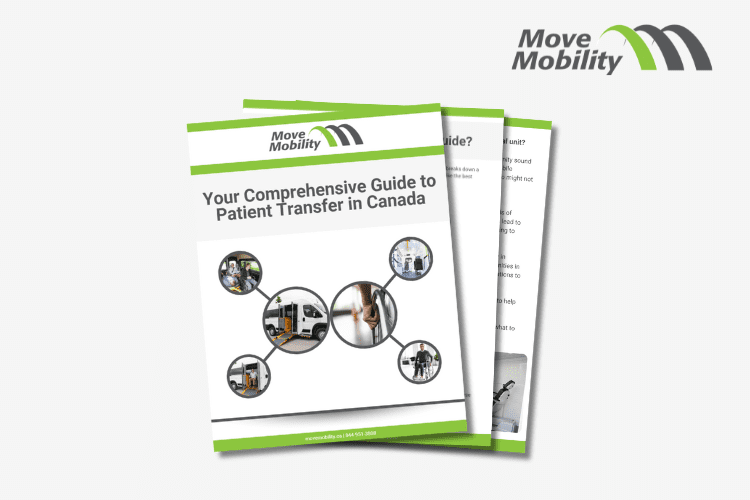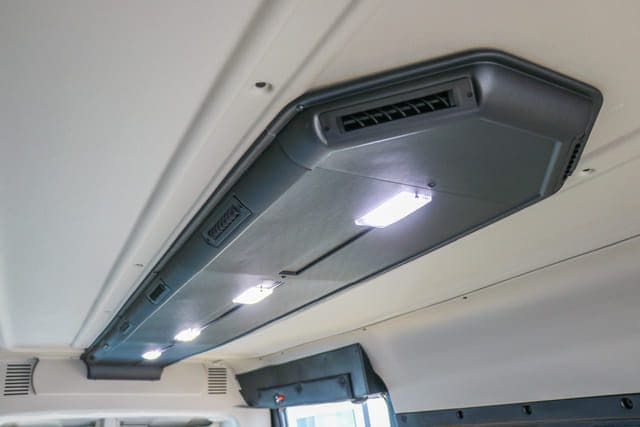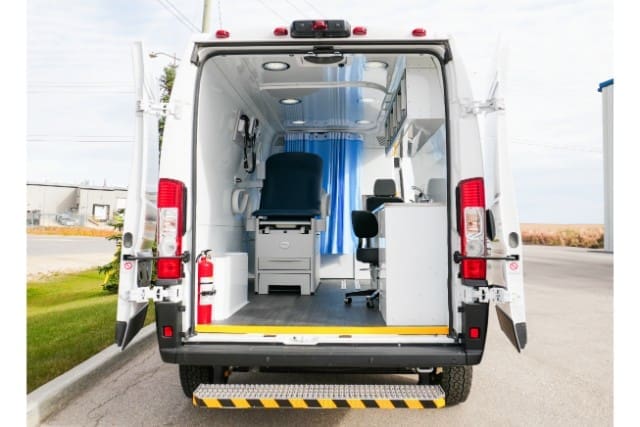Ever feel stuck trying to decide which type of emergency response unit is best for your team? It’s a big decision. Should you choose a van-based emergency response unit or a truck with a capsule? The choice isn’t always obvious, and picking the wrong one can cause major problems down the line.
Here’s the issue:
- The right vehicle can mean faster response times and better patient care.
- The wrong one? It could slow you down, limit mobility, and cost more in the long run.
- If your unit isn’t built for your team’s needs, it could delay critical care when every second counts.
The last thing you want is to invest in a vehicle that doesn’t perform well in your environment—whether that’s navigating tight city streets, handling rough terrain, or carrying all the necessary medical equipment. The reality is, one size doesn’t fit all when it comes to emergency response vehicles.
For over twenty years, our team at MoveMobility has been building mobile medical vehicles, including emergency response units, for teams across Canada—EMS, fire departments, municipalities, and healthcare providers. We’re Ford QVM-certified and Stellantis QPro-certified, meaning we meet the highest safety and quality standards.
And while we’re confident in our vehicles, we know we’re not the only manufacturer out there. That’s why this article gives you unbiased insights to help you make the right choice.
By the end of reading this article, you’ll have a clearer idea of which vehicle fits your emergency medical response needs the best.
Emergency response units: Why choose a van?
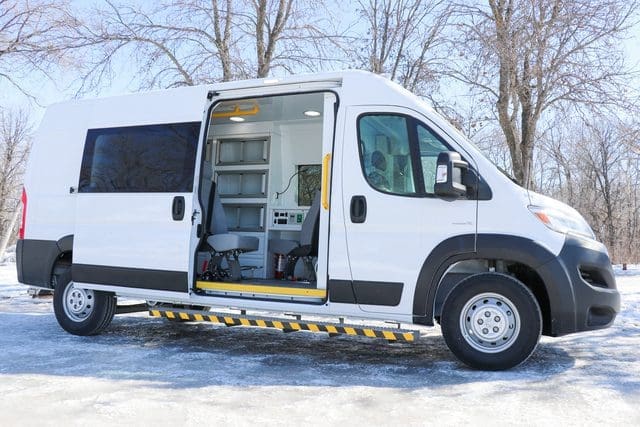
If your team needs an emergency response unit that’s fast, easy to drive, and packed with life-saving equipment, a van might be the right fit. Built on either a Ford Transit or Ram ProMaster chassis, these vans are designed to get through traffic quickly, handle tight streets, and keep medical gear organized for life-saving care.
So, what makes vans a strong choice for emergency medical response? Let’s take a look.
Made for speed and quick access
When you’re responding to an emergency, every detail matters. The smaller size of vans helps teams get to the scene fast and stay organized with features like:
- Durable aluminum cabinets: Slider openings make it easy to grab medical supplies in a rush.
- Removable attendant seats on wheels: Move seats around to make space or help patients more easily.
- Stretcher securement to the floor: Keeps patients safe and steady during transport.
- Quick seating layout adjustments (AutoFloor): Change the seating setup in seconds to fit different needs.
Built for medical care on the go
Emergency response vans aren’t just for getting to the scene—they’re also designed to treat patients right away. Key medical features in these vans include:
- Spine boards: Helps safely move patients with spinal injuries.
- Oxygen bottle holders: Keeps oxygen tanks secure and ready for use.
- First responder kit bags & first aid kits: Fully stocked for treating injuries on-site.
- AEDs and defibrillators: Critical for heart-related emergencies.
- Medical glove storage: Easy access to gloves for infection control.
- 12V incubator plug: For safely transporting temperature-sensitive medical equipment.
Comfort and safety for everyone inside
Vans aren’t just about speed and equipment—they also help keep patients and responders safe and comfortable:
- Fresh air ventilation system: Keeps air clean inside the van.
- Rear heating and cooling system: Maintains a comfortable temperature, no matter the season.
- Exterior scene lighting: Bright lights help responders work safely at night.
- Rear exterior amber flashing LED: Warns traffic to slow down when responders are working.
- Easy-access rear door opening: Makes it faster and safer to load and unload patients.
Is a van the right choice for your team?
Vans are a great fit if your team needs:
- Fast response times, easy driving, and maneuverability
- Quick access to medical supplies
- A flexible layout that can change as needed
- A safe, reliable space for emergency and non-emergency care
But is a van the best choice for every situation? That depends. Next, we’ll talk about trucks with capsules.
Emergency response units: Truck with a capsule
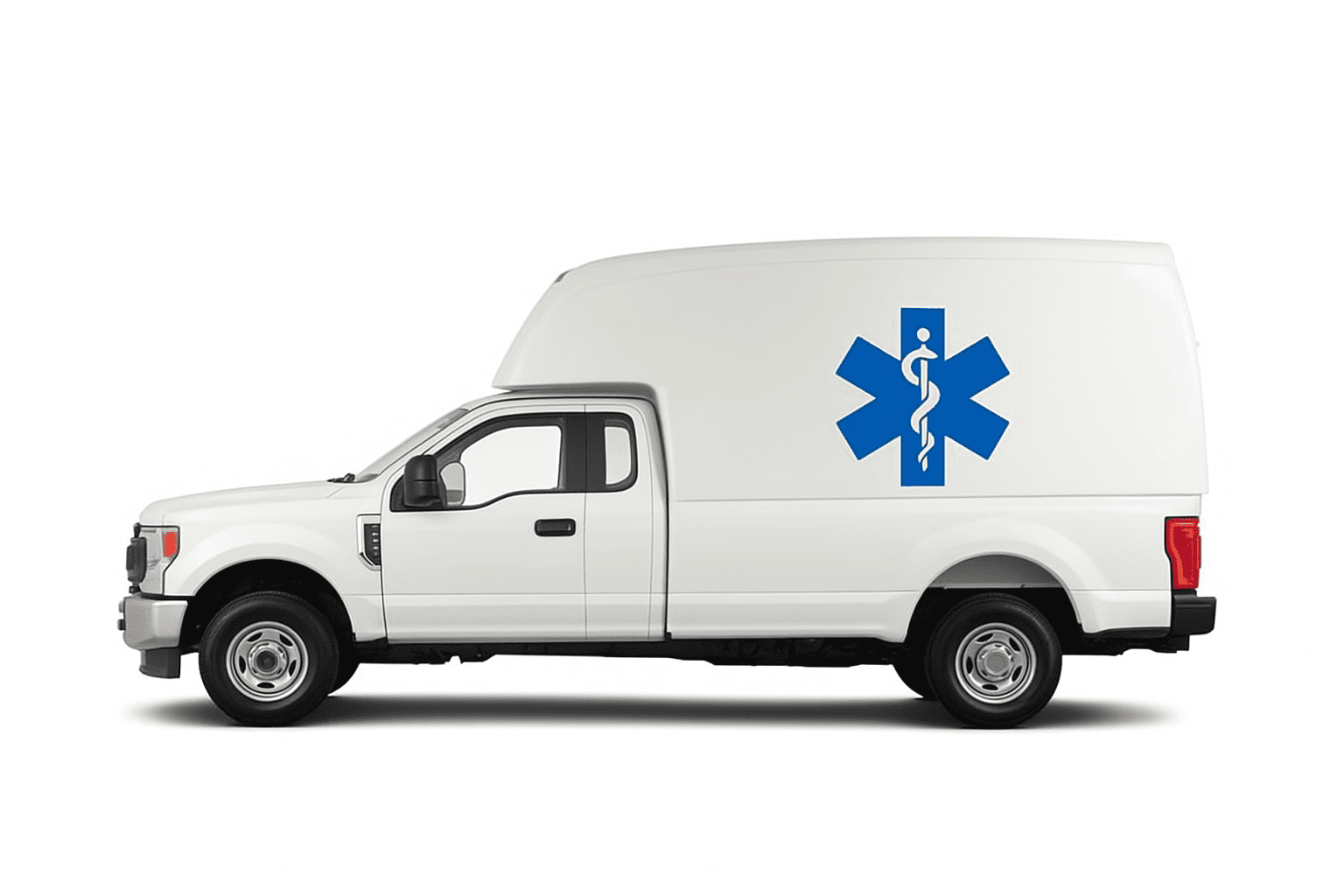
If your organization needs a tough, durable emergency response unit built for rough conditions, a truck with a capsule is another option you might consider. But what exactly is a capsule?
A capsule is a separate, enclosed medical space attached to the back of a heavy-duty pickup truck. Unlike a van, where everything is built inside one vehicle, the capsule is added onto the truck’s chassis. This setup gives emergency teams a strong, rugged vehicle that can handle off-road conditions and extreme weather.
What makes a truck with a capsule unique?
Here are some standout features that make trucks with capsules a good option for emergency response teams:
- Heavy-duty truck chassis: Designed to handle rough roads, steep inclines, and unpredictable conditions.
- Capsule interior: Provides a separate medical area that can be customized for different emergency needs.
- Storage: Built-in cabinets and secure storage for medical supplies, oxygen tanks, and first aid kits.
- Versatility: When your truck chassis is old and needs replacement, you can slip the cap out and install it in a new truck of the same model if the bed shape hasn’t changed.
What to consider before choosing a truck with a capsule
While trucks with capsules have some advantages, they may not be the best fit for every emergency team.
❌ Harder to drive in cities: Their larger size can make tight streets and parking difficult.
❌ Higher fuel costs: Trucks generally use more fuel than vans, which can add up over time.
❌ More maintenance: A separate truck and capsule mean two areas to maintain, which could lead to higher service costs.
Is a truck with a capsule the right fit?
A truck with a capsule might be a good choice if your team:
✅ Needs a tough, rugged vehicle for rural or remote locations.
✅ Wants a separate, customizable medical space inside the capsule.
Van vs. truck with capsule: Emergency response units side-by-side comparison
Here’s a side-by-side comparison to help you weigh your options:
| Feature | Van (Ford Transit or Ram ProMaster) | Truck with capsule |
| Chassis length | ✅ Shorter 159” chassis for better maneuverability in tight spaces. | ❌ Longer chassis can make turning and parking more challenging. |
| Terrain handling | ✅ Standard models are best for paved roads.
✅ Trail Edition vans improve off-road performance in rural areas. |
✅ Handles rough terrain better than standard vans. |
| Durability | ✅ Vans are built for long-term durability and can handle daily emergency use. | ✅ Heavy-duty construction designed for rugged environments.
❌ Can experience more wear and tear when used for frequent stop-and-go city driving. |
| Storage & interior space | ✅ Integrated design makes the most of available space with flexible layouts. | ✅ Separate capsule provides a dedicated medical area with ample storage. |
| Visibility & driver comfort | ✅ Lower ride height makes it easier to get in and out.
✅ Better visibility due to a larger windshield and higher seating positions. |
❌ Higher step-up height can make entry and exit harder for some users. |
| Fuel efficiency | ✅ More fuel-efficient, leading to lower operating costs. | ❌ Higher fuel consumption, which increases costs over time. |
| Maneuverability | ✅ Compact and easy to drive, even in busy cities. | ❌ Larger size makes tight turns and urban driving more difficult. |
| Towing capacity | ❌ Limited towing capabilities, best for lighter loads. | ✅ Higher towing capacity, useful for transporting extra equipment. |
Need some help choosing the right emergency response units?
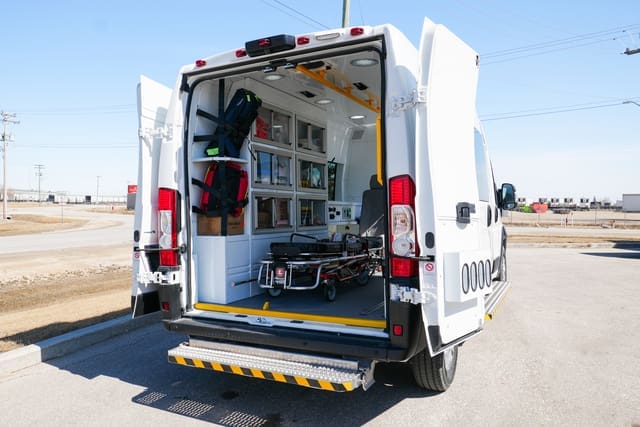
If you made it this far, you were probably trying to figure out which emergency response unit—van or truck with a capsule—fits your team best. It’s a big decision, and getting it wrong could mean slower response times, a setup that doesn’t work for your healthcare team or your environment, or higher costs down the road.
Your team deserves a vehicle that helps them respond quickly, work efficiently, and save lives—not one that slows them down.
Here’s what you now know:
- How vans and trucks with capsules compare in size, handling, and storage.
- Which one works best for city streets, rural areas, and off-road conditions.
- What factors matter most when choosing the right emergency response unit for your team.
At MoveMobility, we’re all about helping healthcare organizations across Canada find the right vehicle for their life-saving work. We partner with teams like yours to understand what you need and make sure your vehicle works in real-life situations.In busy cities, remote towns, or rugged terrain, we’re here to help you make the right choice.
If you have questions or want expert advice, click the button below to talk to a mobility expert. Your team deserves a vehicle that works as hard as they do.
Not ready to chat yet? No worries—check out our other resources to learn more!
Start with checking out our article or video below on how mobile medical vans reduce the strain on emergency rooms all over Canada.
After that, check out our article on the Mobile Response Van. This will give you a closer look at one of the vans you can use for emergency medical response.


